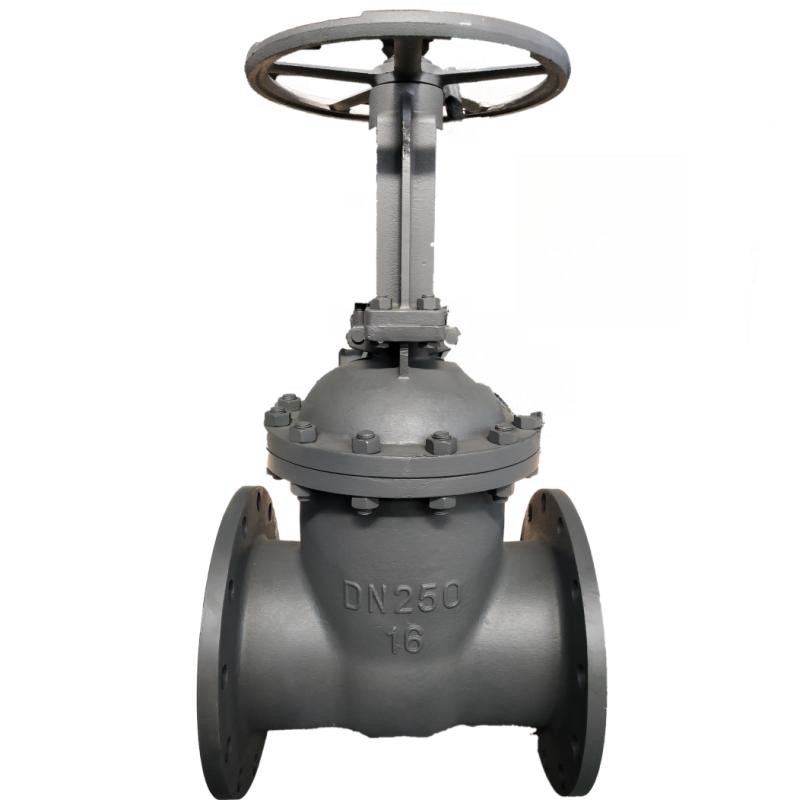A105 Globe Valve Specifications and Applications for Industrial Use
Understanding the A105 Globe Valve A Key Component in Fluid Control
The A105 globe valve is a widely recognized type of valve used in various industrial applications for fluid control. Known for its reliability and effectiveness, the globe valve is particularly favored for throttling flow, making it an essential component in many systems that require precise regulation of fluids. This article dives into the characteristics, applications, and benefits of the A105 globe valve.
What is an A105 Globe Valve?
The A105 designation refers to a specific type of carbon steel material, which is commonly used in the manufacturing of industrial valves. The A105 material is recognized by ASTM (American Society for Testing and Materials) and is often employed for fittings, flanges, and valves in piping systems. Globe valves made from A105 carbon steel are designed to handle high pressure and temperature, making them suitable for various settings, including oil and gas, power generation, and chemical processing.
The globe valve itself is characterized by its spherical body and a disk that moves up and down to regulate flow. The flow path through the valve is linear, allowing for smoother throttling. The design allows for effective flow control, as the valve can be used to either completely block or finely adjust the flow through the system.
Key Features of A105 Globe Valves
1. Material Durability A105 carbon steel is known for its strong mechanical properties, making it capable of withstanding high pressures and temperatures. This durability is crucial for applications where the valve is subjected to rigorous operating conditions.
2. Versatile Applications A105 globe valves are suitable for a wide range of applications, including oil and gas storage and transport, water treatment facilities, steam applications, and chemical processing. Their adaptability makes them a popular choice across multiple industries.
3. Throttling Capability Unlike other valve types, the globe valve excels at modulating flow. It can be adjusted to various levels of opening, allowing operators to control the flow rate with precision. This feature is particularly beneficial in processes that require fine adjustments.
4. Low Leakage Rate Globe valves typically have a lower leakage rate compared to other valve types when in the closed position. This characteristic is essential in applications where preventing leaks is a high priority, such as in hazardous material transport.
globe valve a105

5. Ease of Maintenance A105 globe valves are relatively easy to maintain. The simple design allows for straightforward disassembly and replacement of components, which helps reduce downtime in industrial operations.
Applications of A105 Globe Valves
The versatility of A105 globe valves allows them to be utilized in numerous settings. Some common applications include
- Oil and Gas In the oil and gas industry, these valves are crucial for controlling the flow of crude oil and gas in pipelines. Their ability to manage high pressures and temperatures makes them indispensable in this sector.
- Power Generation A105 globe valves are often found in steam systems used in power plants. They help regulate steam flow to turbines, crucial for optimizing energy production.
- Chemical Processing In chemical manufacturing, controlling fluid flow is vital for safety and efficiency. A105 globe valves ensure that the right amounts of various chemicals flow through pipelines without leakage.
- Water Treatment These valves play a role in water treatment facilities, managing the flow of influent and effluent, and ensuring the correct chemical dosing is maintained.
Conclusion
In summary, the A105 globe valve is a crucial piece of equipment in many industrial applications, known for its durability, versatility, and effective flow control capabilities. By utilizing A105 carbon steel, these valves provide the strength and reliability needed for high-pressure and high-temperature operations. With their essential role in sectors like oil and gas, power generation, and chemical processing, A105 globe valves remain a trusted choice for engineers and operators aiming to enhance operational efficiency and safety in fluid control systems.
-
The Key to Fluid Control: Exploring the Advantages of Ball Valves in Industrial SystemsNewsJul.09,2025
-
The Versatile World of 1, 2, and 3 Piece Ball ValvesNewsJul.09,2025
-
Stainless Steel Ball Valves: The Ideal Choice for Efficient Flow ControlNewsJul.09,2025
-
Optimizing Fluid Control with Ball Float ValvesNewsJul.09,2025
-
Manual Gate Valves: Essential for Control and EfficiencyNewsJul.09,2025
-
Everything You Need to Know About Butterfly ValvesNewsJul.09,2025
-
The Versatility of Wafer Type Butterfly ValvesNewsJul.08,2025




